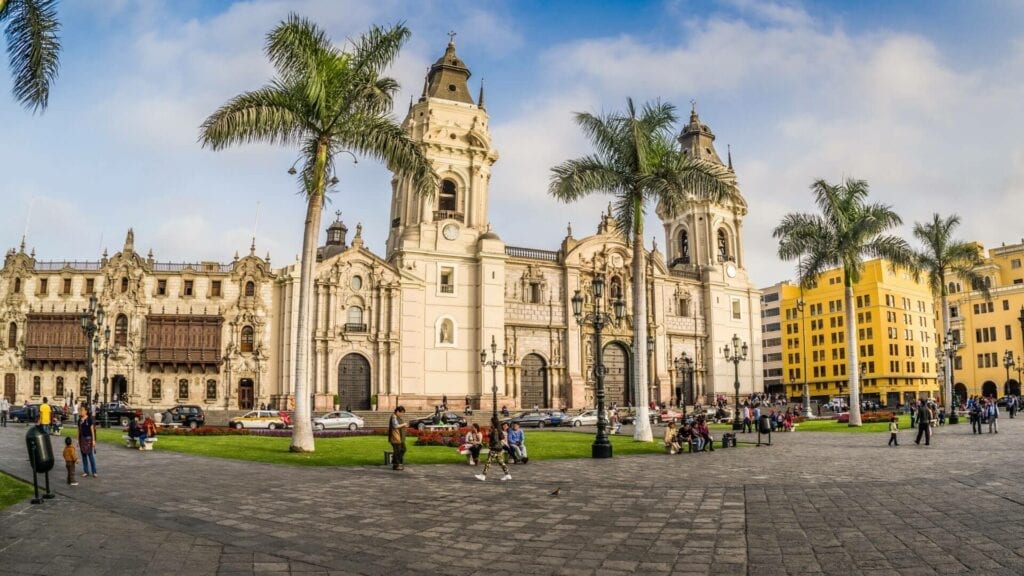Logistics

Peru’s largest port is Callao, which facilitates the transport of 90% of all containers entering and leaving Peru. It is estimated that some USD 160 billion will have to be invested in infrastructure if Peru wants to maintain its current economic growth numbers. US$ 2 billion will be required in the port sector alone as Callao, currently, South America’s third port, gains importance. Privatization and modernization of ports have been going on since 1999 when concessions for the port of Matarani were sold to Grupo Romero. A national tender to the tune of $200+ million is currently underway to modernize the port of Salaverry. Ilo and Chimbote ports are next in line to be privatized. A larger inflow of people has also increased the need for the expansion of Peru’s aviation infrastructure. Lima’s Jorge Chavez airport recently got the green light for a USD 1.5 billion expansion. Cusco, a premier tourist destination, will begin construction on a new airport in the fall of 2018, set to finish in 2021. Peru’s transport sector is taking flight.
Urban and city planning is an equally hot topic. With a young population that has more means than ever before, car ownership has skyrocketed, leading to logistical challenges in Peruvian cities. This is especially true in Lima. Peru is a very centralized country, with almost a third of the population living in the capital. Connectivity between other cities is poor. This puts an extra strain on the already over-stressed logistics situation in Lima. Several grassroots movements promoting sustainable transport are springing up across the country, working together with municipalities to promote the usage of bicycles and public transport. Lima’s first metro line was finished in 2014, with another under construction, and talks for metro lines 3, 4, 5, and 6 underway.